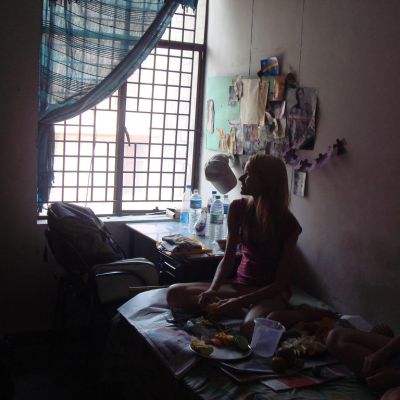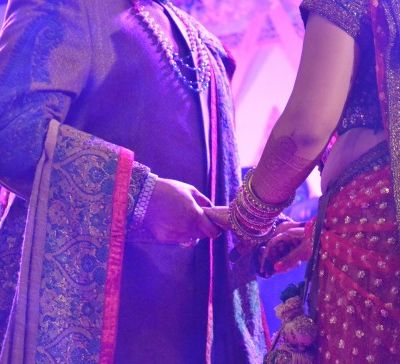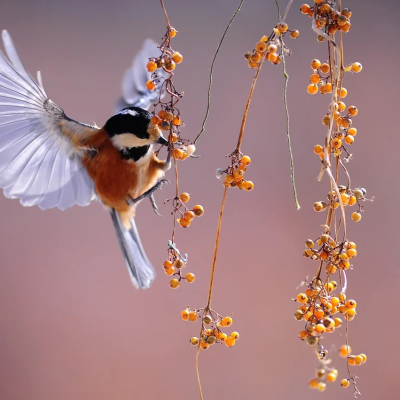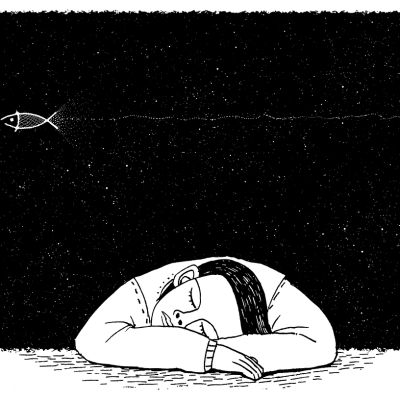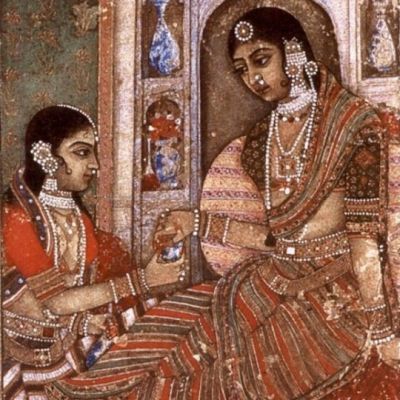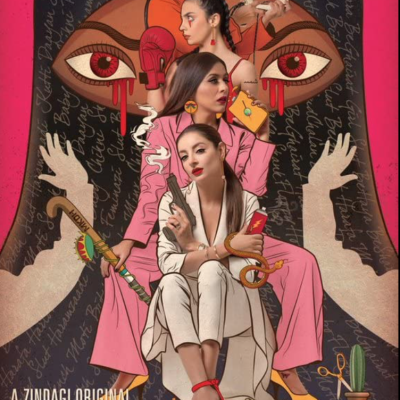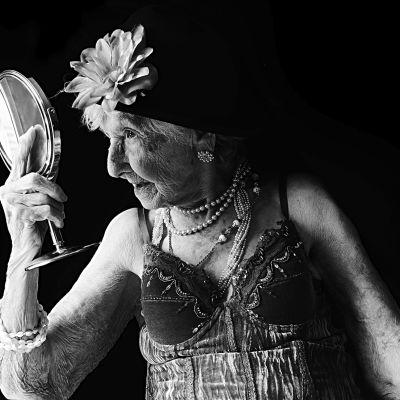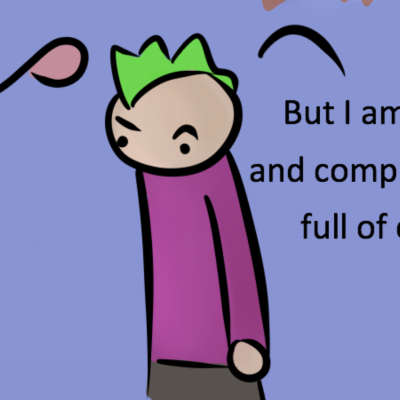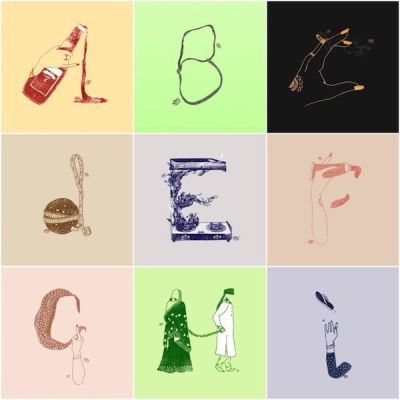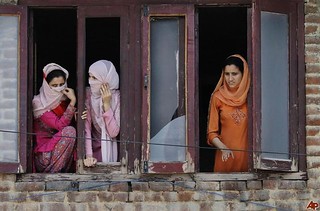patriarchy
Growing up, for me, has been about accepting that the loneliness and sadness woven into the fabric of my being do not go away with entering conventional arrangements like monogamous relationships or marriage.
I did my schooling and higher studies in Delhi. Thanks to a compulsorily uniform attire at school, the differences in socio-economic backgrounds of students were successfully erased. But as one enters college, one’s attire gets significant attention, especially for a person from a weak socio-economic background. This transition period from school to college is also the age of sexual anxieties, experiments and experiences.
Before I was introduced to theatre and the arts in the 11th standard, the future I saw for myself was…
Vulnerability – is it a condition we find ourselves in? A state of being we choose? Let’s keep it very simple: it depends on the approach we take to defining it. In the former approach, we are ‘done to’, while in the latter we are consciously ‘doing’.
In this issue of In Plainspeak our contributors reflect on and reveal the myriad facets of being single – is it a choice? A condition? A state of being? Lonely? Joyful? Not one or the other, but a glorious mix?
In this mid-month issue we bring you some more interesting and intriguing articles on masculinities and sexuality starting with Mona Mishra’s thoughtful take on masculinities and vulnerabilities. Shikha Aleya interviews Daniel Mendonca who self-identifies as intersex and is a gender rights activist who engages with diverse groups of people in India and other countries to expand awareness, build empathy and foster an environment that is accepting of diversity.
Ageing is often associated with a loss, a lack of ability and strength. When combined with sexuality, in the popular imagination, fed especially by market forces, youth is to be lauded and ageing regarded as the impending horror that must be evaded for as long as possible.
Then came a time when this small-town simple Sati Savitri-esque girl moved to a big city. Sucked into city fashion, she couldn’t resist skirting sinful hemlines and being trapped in T-shirt tapestry. All her sanctity theories about clothes were thrown in the trash for good. In the process, she happily shed her desi avatar by shedding her saris and proudly embraced the ‘modern’ attire.
Their inimitable personalities showcase their varied conceptions of insaaf (justice), enriching and intensifying the plot and, at the same time, reaffirming their solidarity and strengthening their unity.
As Clément subverts ageist norms around beauty with her camera-work, the women and men (ranging in age from 70 to 102 years) who reveal themselves in this project give us a glimpse into their inner world and the rich and vibrant ways in which they experience sensuality.
Robot Hugs gives us a glimpse into the doubts and confusions they grappled with while growing up, and unravels the tightly wound preconceptions in culture influenced by, and at the same time, influencing scientific and medical imagination.
The potential for art to connect people and to challenge thinking is continuously widening. Aarushi Jain, a 21-year-old artist from India, perfectly captures the societal expectations placed on women in her representation of the English alphabet.
Capturing moments of tenderness between these couples as they shine with affection, comfort, and laughter, Sujata’s photo-series reminds us that we don’t simply fall in love, but with time, nurture and strengthen intimacy.
You should venture to read Emily Nagoski’s book, Come As You Are in public. Not because you want to make…
The social contract of family becomes the sexual contract of the state, i.e. by placing women within the ‘domestic space’ under the ‘control’ of the ‘right’ kind of men. During partition this played out in the ‘reclaiming’ of the ‘abducted women’.


